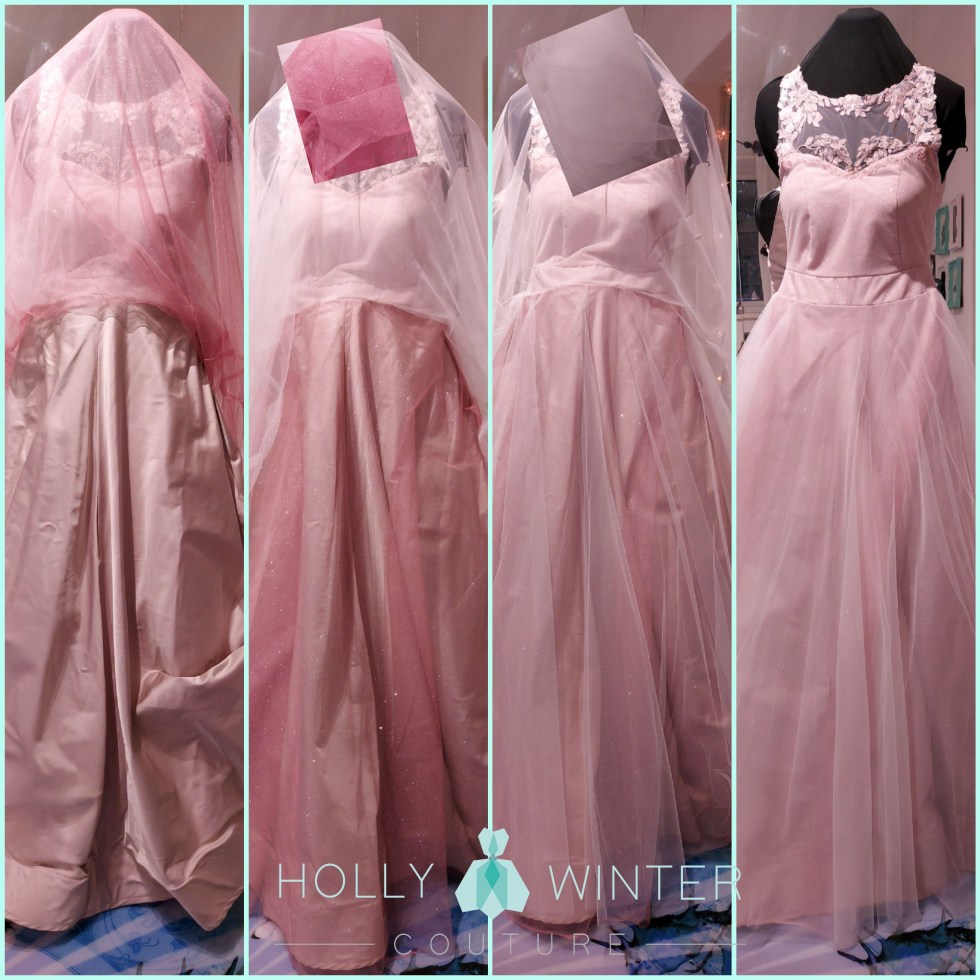“Do you make wedding dresses for men?” To answer an increasingly FAQ, I make wedding dresses, veils, bridalwear* FULL STOP. For whoever wants it. Women, men, non-binary people, everyone.
I don’t care what your wee comes out of; just don’t leave any on my loo seat.
You are very welcome to, but don’t even have to, tell me how you identify, what you were assigned at birth or whether that differs now, whom, how many – or even whether – you’re marrying. If there’s consent in your relationship, there’s no judgment, kink-shaming or awkward questions here.
Oversharers are always welcome (hello, kindred spirits!) and the only things I ask all my customers to tell me relate purely to the tasks of designing something you will love and making sure it fits you perfectly:
1. Are you anticipating changing your weight, shape or size before you wear what I’m making you? These don’t make it impossible, but need to be factored in. For example, are/will you be:
- Pregnant or trying to conceive?
- Breastfeeding?
- Undergoing surgery?
- Taking medication such as hormones or steroid therapies?
- Dieting?
- Body-building?
2. What else will you be wearing? Bring everything to fittings that changes your shape, size or height including:
- Padded bras, cups or inserts (I have a well-stocked basket of boobs you can try if you don’t have your own);
- Padded pants;
- Shape-wear, corsetry, binder, etc;
- Prosthetics;
- Shoes.
*I use the term bridalwear as loosely as possible because not all of my customers identify as brides. I try to use more inclusive terms where I can. I specialise in dresses and the traditionally more feminine styles of weddingwear such as dresses, veils, jumpsuits and separates rather than men’s suiting and tailoring and I’m still answerable to the SEO gods – I need people to find me! As language, attitudes and social mores evolve, this will change of course. In the meantime, I’m always happy to learn and stand corrected if I’m saying or doing something deplorable.








































